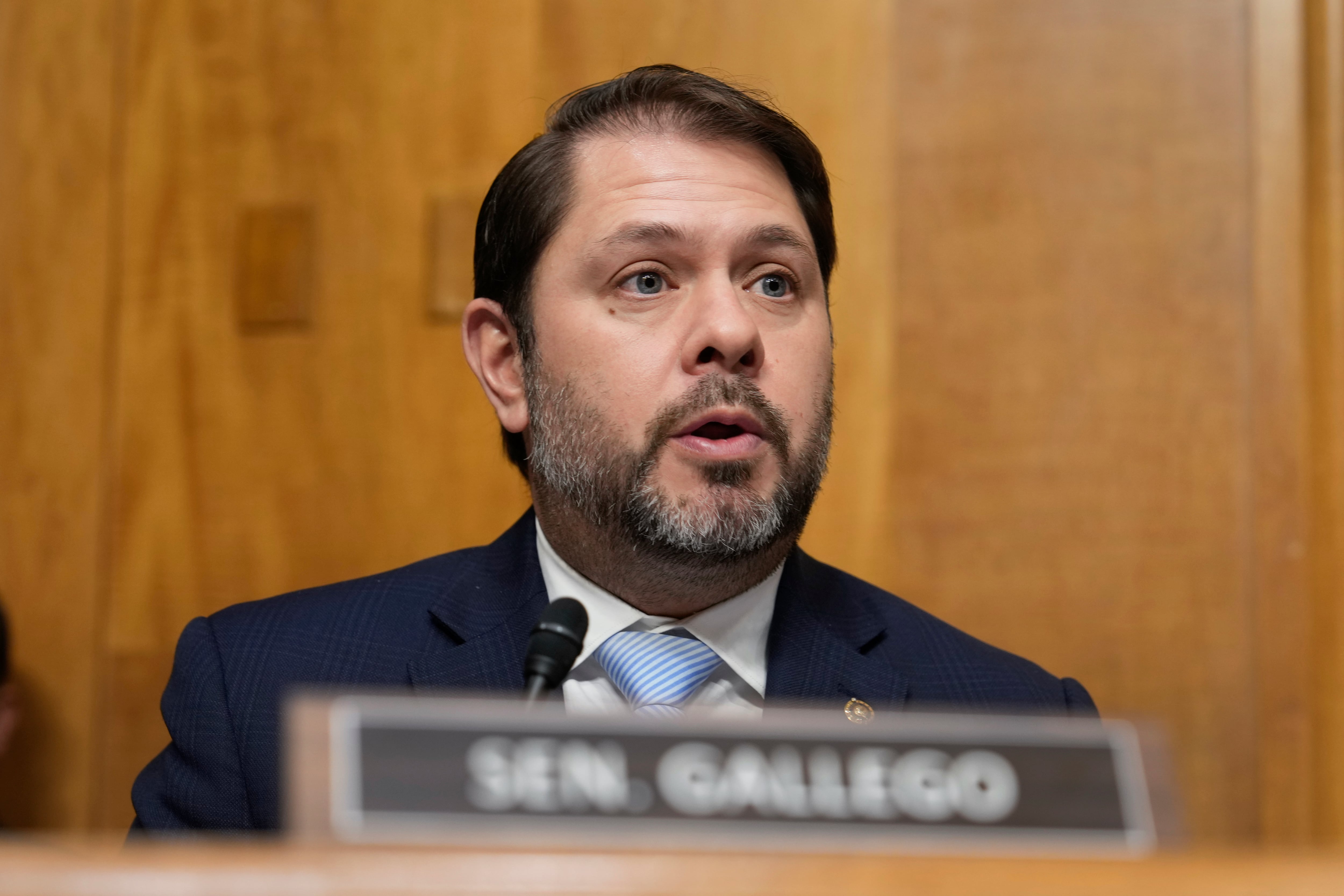WASHINGTON — The number of veterans running for Congress this year isn’t significantly higher than in other recent election cycles. But the number who win in November could be.
That’s because more veteran candidates — especially younger ones — are running in up-for-grabs districts with more major party backing than ever before.
After decades of seeing the number of lawmakers with military experience in the House and Senate steadily dwindle, analysts believe the coming years may see those figures hold steady or even increase slightly.
RELATED
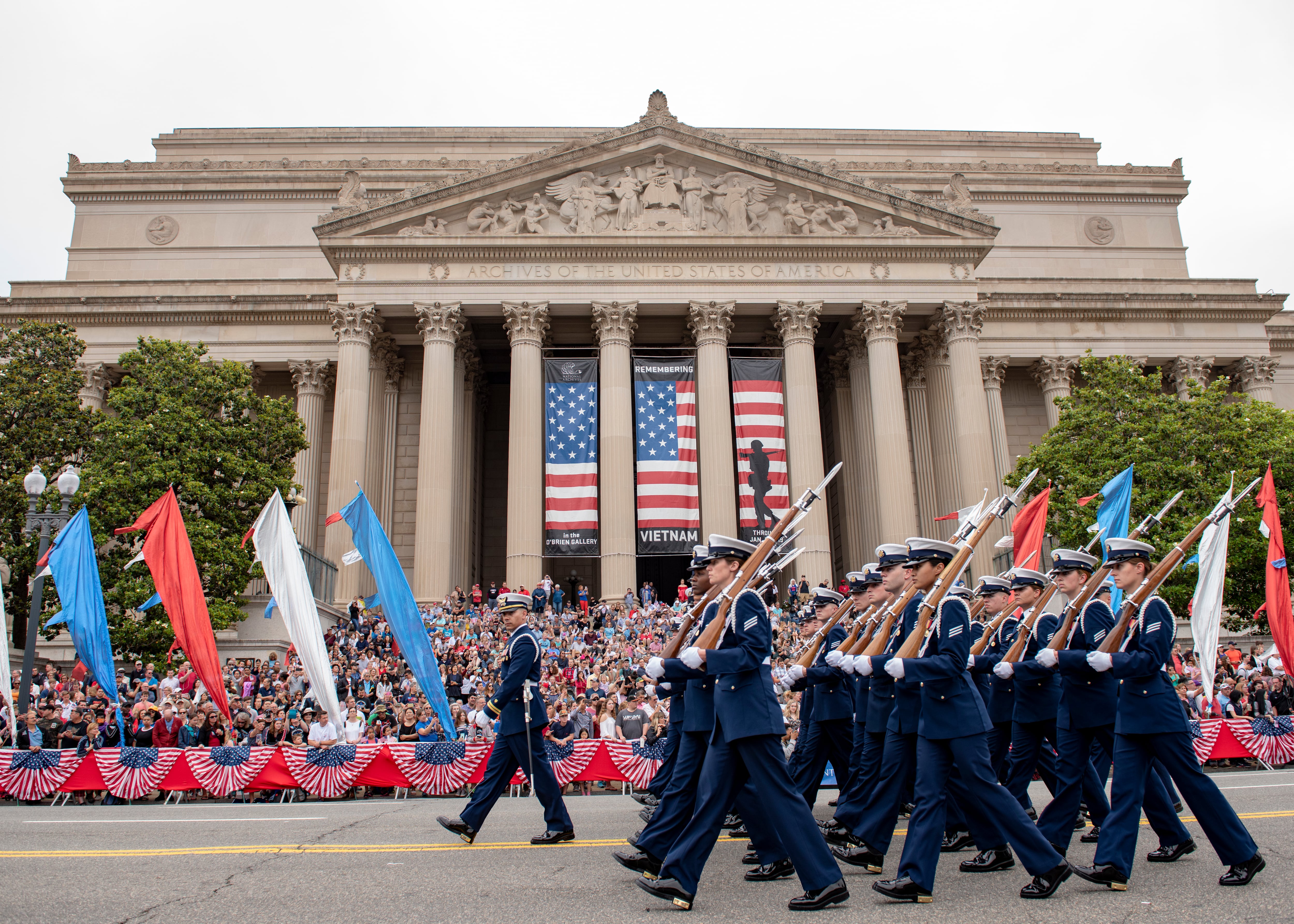
“We’re seeing a sizable jump in the number of credible candidates running now,” said Seth Lynn, executive director of Veterans Campaign, which has tracked the number of veteran’s vying for congressional seats for the last decade. “That’s a significant change. We’re no longer losing veterans in office like we were before.”
This year’s mid-term election will feature 171 veterans with major party backing, a figure that Lynn and other campaign watchers said is about typical for the last few election cycles, in contrast to headlines all summer proclaiming a “surge” in veteran candidates.
Even if every candidate won — an impossibility — the total number of lawmakers would pale in comparison to the 1970s, when nearly three in four members of Congress had previously served in the military.
But as recently as four years ago, outside experts wondered if the figure would ever reach one in five again, as older generations of military members began to retire and younger generations were slow to engage in national politics.
“Now it finally seems steady again,” said Rebecca Burgess, manager for the Program on American Citizenship at the American Enterprise Institute, a leading conservative think tank in Washington. “We saw a small rise in the numbers last election, and now we’re at the same level.”
RELATED
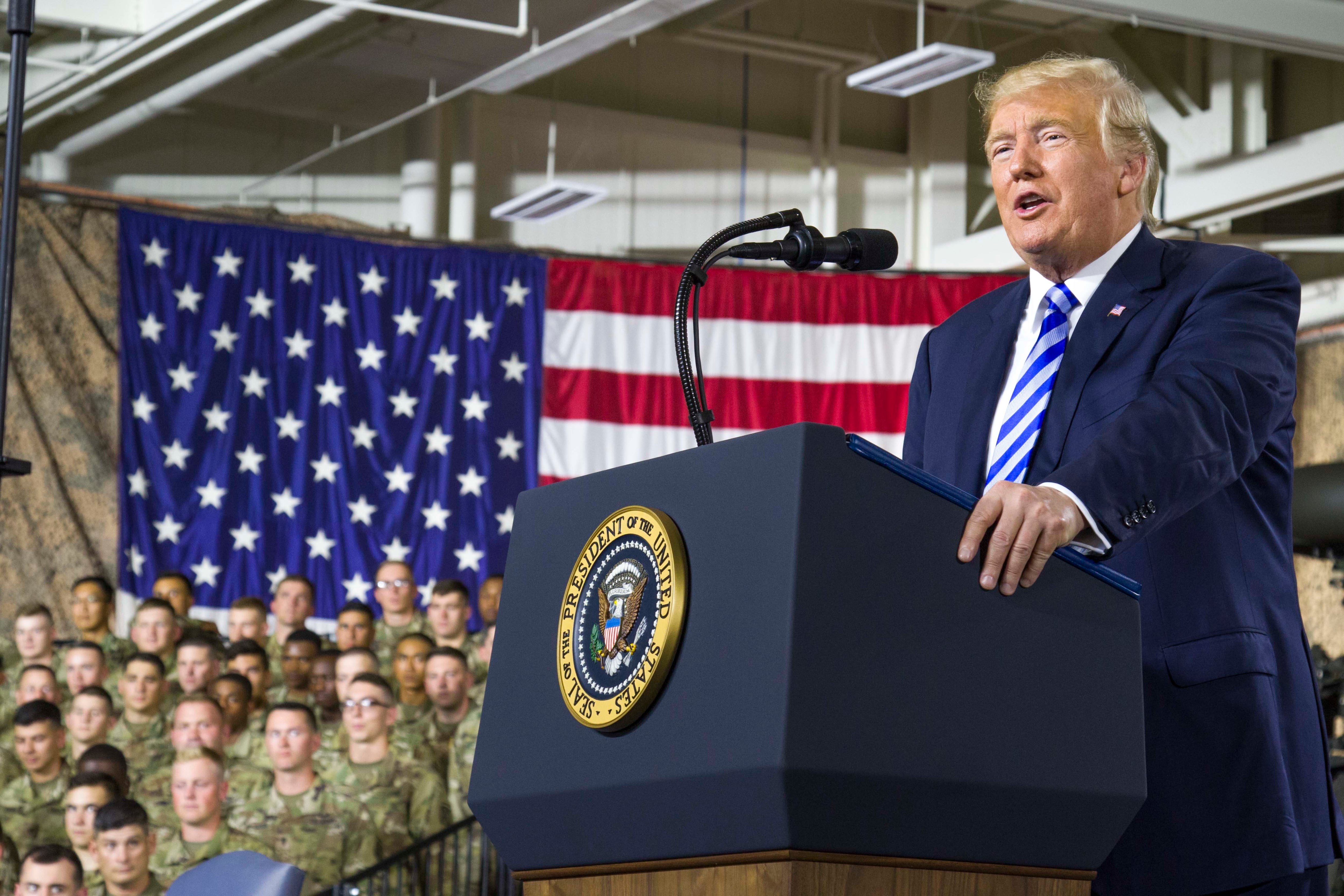
In recent years, influential statesmen like John McCain and Chuck Hagel have lamented the shrinking numbers of veterans in Congress, noting that the shared military experience of past lawmakers helped bridge ideological differences on Capitol Hill.
Lynn said the demographics of the country make it impossible to return to the overwhelming veteran rates following the Vietnam War. “Frankly, to see that number again we’ll have to have another awful, large-scale war.”
But even a small increase veterans’ representation in Congress could help mend an increasingly fractured American political system.
“If you have around 100 veterans in office who decide they aren’t completely wedded to party loyalty, that’s a potentially powerful voting block,” Burgess said. “We don’t see veterans in Congress today identifying that way. But they could become a critical mass in the future.”
How veterans are running
The difference this cycle — possibly influencing public perception that more veterans have entered the political battlefield in 2018 — is that many of those veterans are better funded and more prominent than in years past.
Close to 40 percent of the veterans who ran in primaries this year made it to the general election. Fewer are running third-party election bids. More are in races they have a credible chance of winning in November.
Lynn said in early spring 2016, fewer than 20 non-incumbent veterans running for Congress had raised at least $100,000 in competitive districts. This spring, that same group was up to 47, indicating a substantial rise in support.
“It’s like they’re figuring out politics now,” Burgess said. “The serious candidates are taking on the Democratic and Republican labels, and using that to get into office.”
Of the 170 major party candidates, a little more than one third — 62 — are Democrats. That’s up significantly from past election cycles, but not entirely unexpected, said Jon Soltz, chairman and co-founder of VoteVets.
The group has worked closely with Democratic Party leaders in the past to get veterans elected to office, and saw a significant uptick in efforts this cycle as more interest in the minority party’s candidates grew.
RELATED
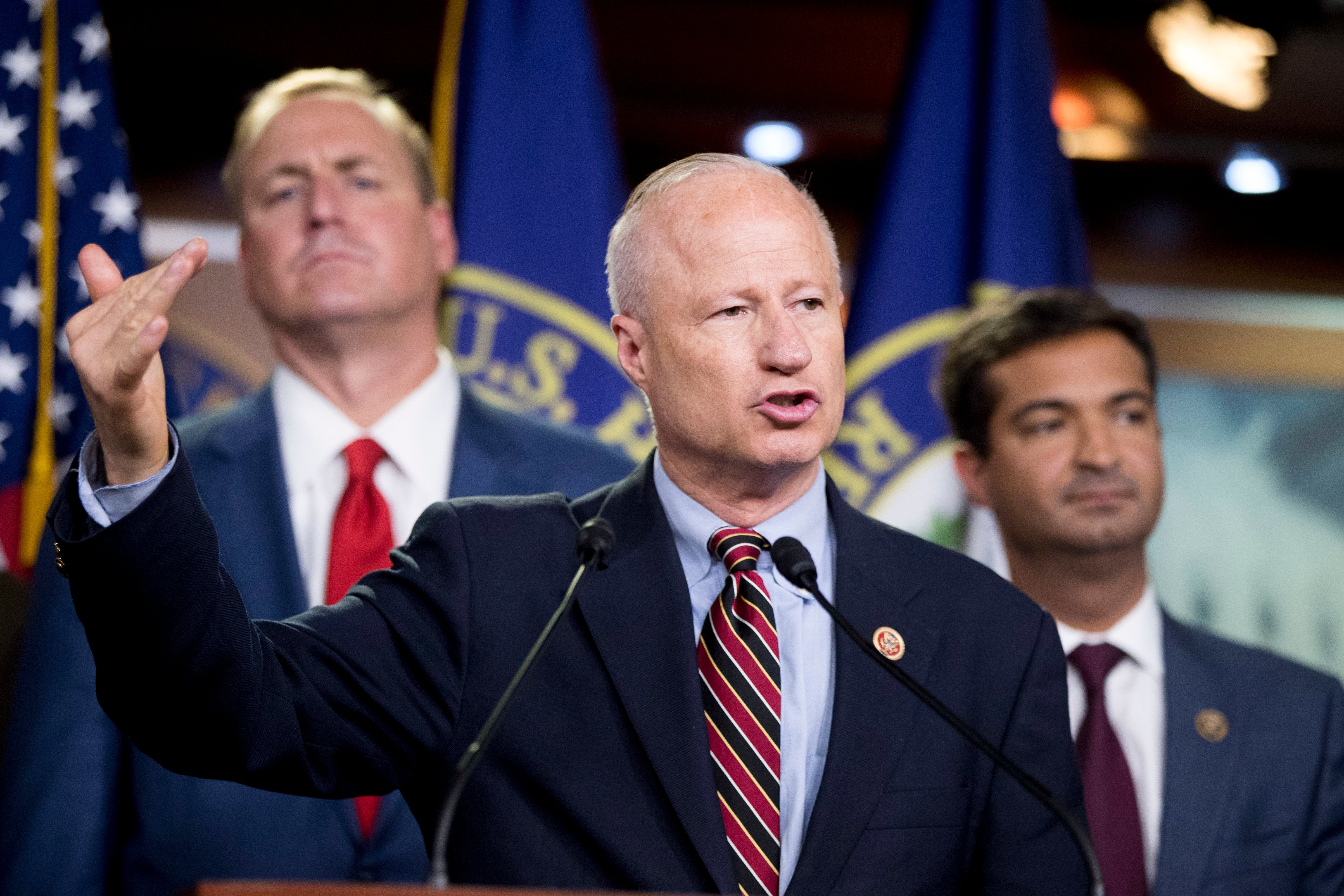
“We’re seeing veterans as part of a Democratic Party that can reach more independent voters,” he said. “It’s allowing them to run in places that they haven’t won in a long while.”
In addition to the national races, VoteVets officials are reporting a surge in Democratic veterans running in state-level races as well, up about 11 percent from 2016 levels.
Whether that turns into a long-term strategy for the party remains to be seen. Dan Caldwell, executive director for Concerned Veterans for America (which has ties to conservative activists), notes that in past cycles where Democrats surged veteran candidates, those victories evaporated a few cycles later.
But, like Soltz and other election analysts, he has seen a change in the professionalism of campaigns run by younger veterans in recent years.
“Military service is a positive attribute, but you can’t run on just that and expect to win,” he said. “It’s a good way to get your foot in the door. Then you have to react to the local issues.”
Unlike in 2016 and other presidential election years, where national security and defense issues almost inevitably enter federal races, military and veterans topics as a whole have not been featured much on the campaign trail.
Caldwell said Republican candidates his group is tracking have seen some local base and Veterans Affairs issues become critical campaign topics, but only on a district-by-district basis.
Soltz said many of the candidates they are working with have focused on how other issues like health care changes and tax cuts can disproportionately affect veterans and military families.
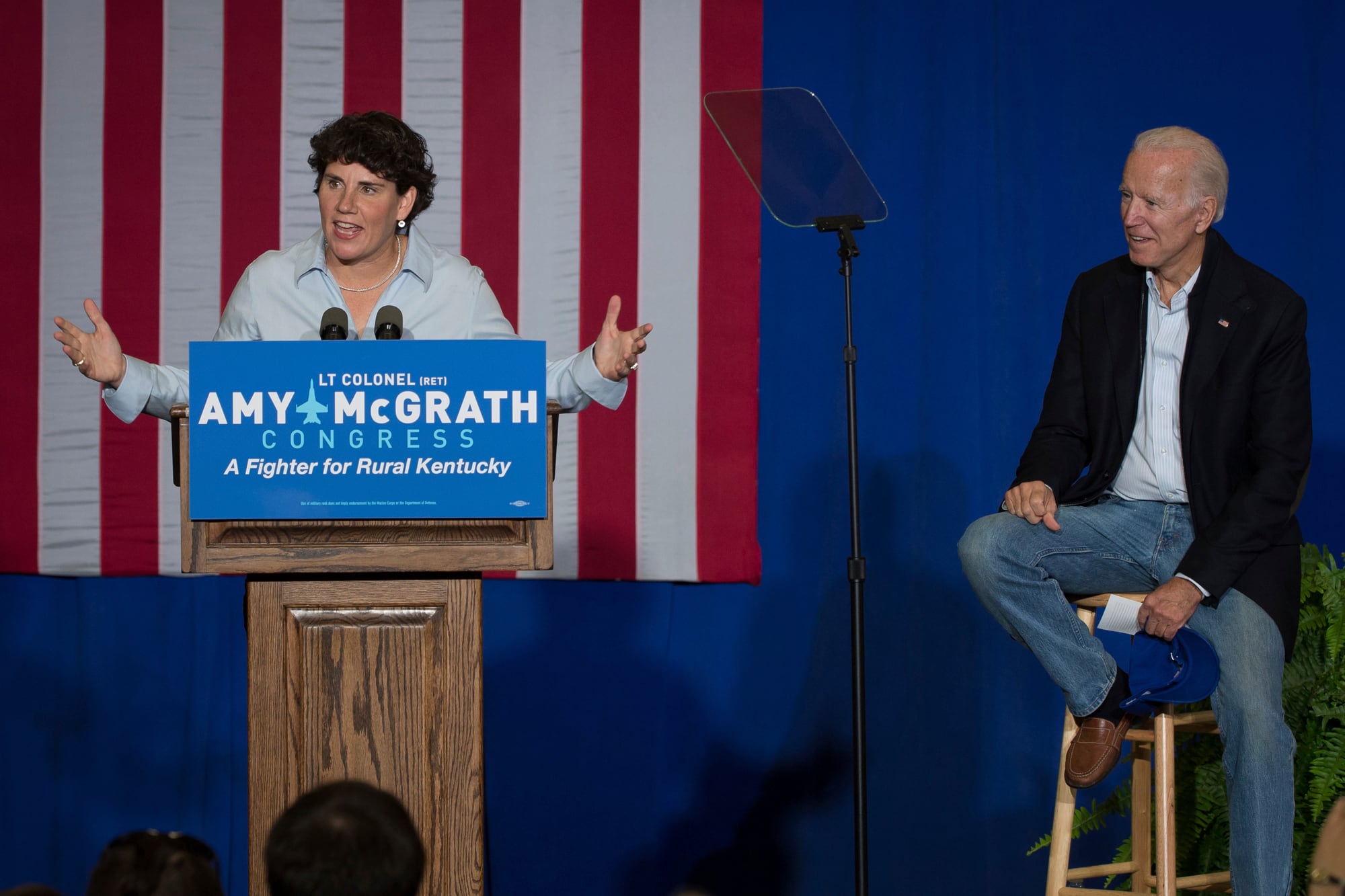
Vets in the next Congress
Almost 45 percent of the veterans running for Congress this year served during the post-Sept. 11 era, and the number of younger veterans who win office is expected to rise again this cycle.
On the other end of the generational spectrum, Congress still boasts two veterans who served in the 1950s: Alaska Republican Rep. Don Young and Kentucky Republican Rep. Hal Rogers, both up for re-election again this year.
Lynn said more female veteran candidates won major party primaries this year than any past cycle. In all, 14 former military women — three Republicans and 11 Democrats — will ask voters for their support next month, potentially raising the number from the four currently serving today.
RELATED
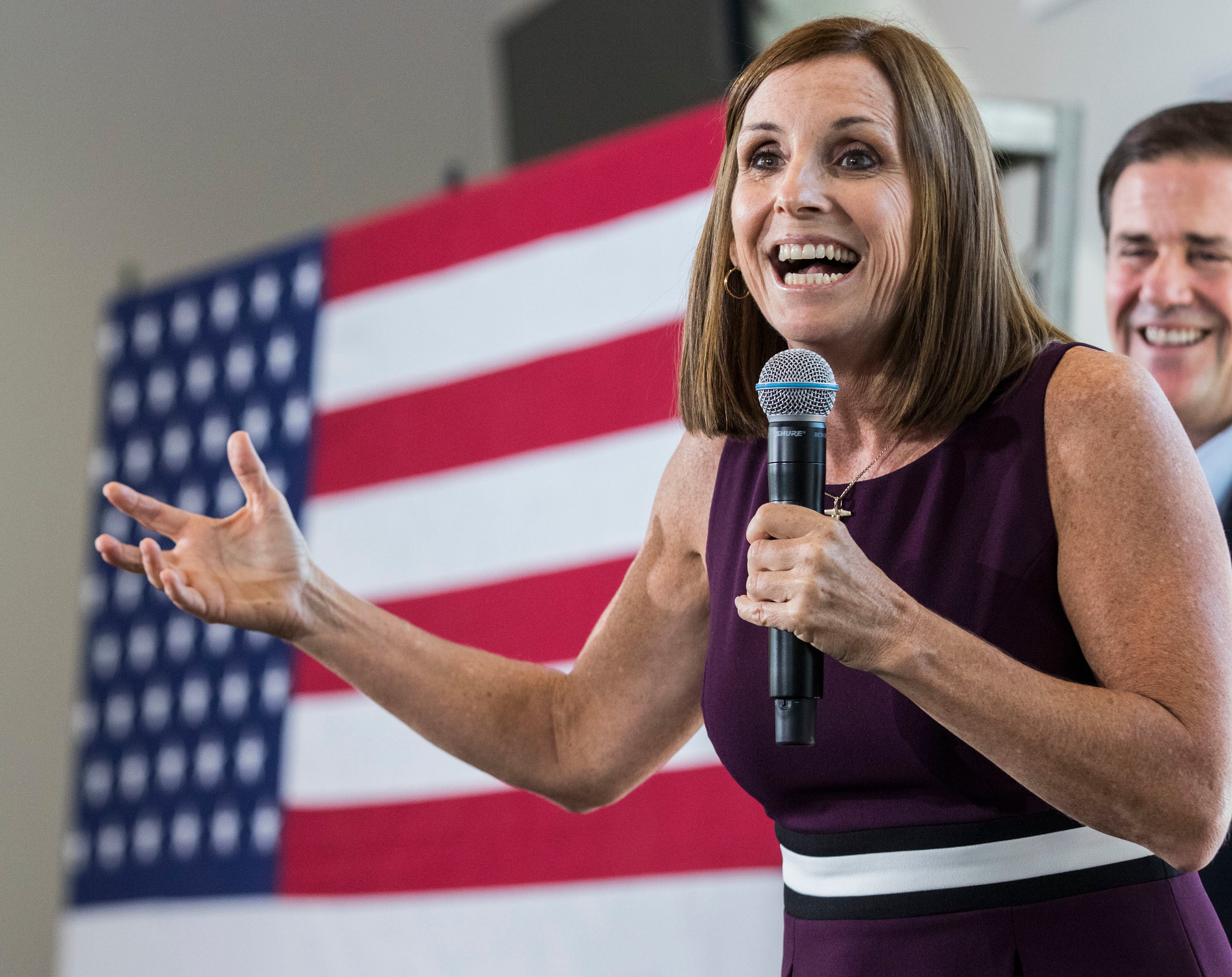
And despite all the increases in veterans statistics, the number of senators with prior military experience could dip from the 2016 level even with a surge in House victories.
Following the death of McCain and resignation of Mississippi Republican Sen. Thad Cochran earlier this year, the number of veterans in the Senate sits at 18 out of 100. Three of them are up for re-election next month, including Florida Democrat Bill Nelson, who faces a difficult race with Republican Florida Gov. Rick Scott, also a veteran.
Election day is Nov. 6.
Leo covers Congress, Veterans Affairs and the White House for Military Times. He has covered Washington, D.C. since 2004, focusing on military personnel and veterans policies. His work has earned numerous honors, including a 2009 Polk award, a 2010 National Headliner Award, the IAVA Leadership in Journalism award and the VFW News Media award.





